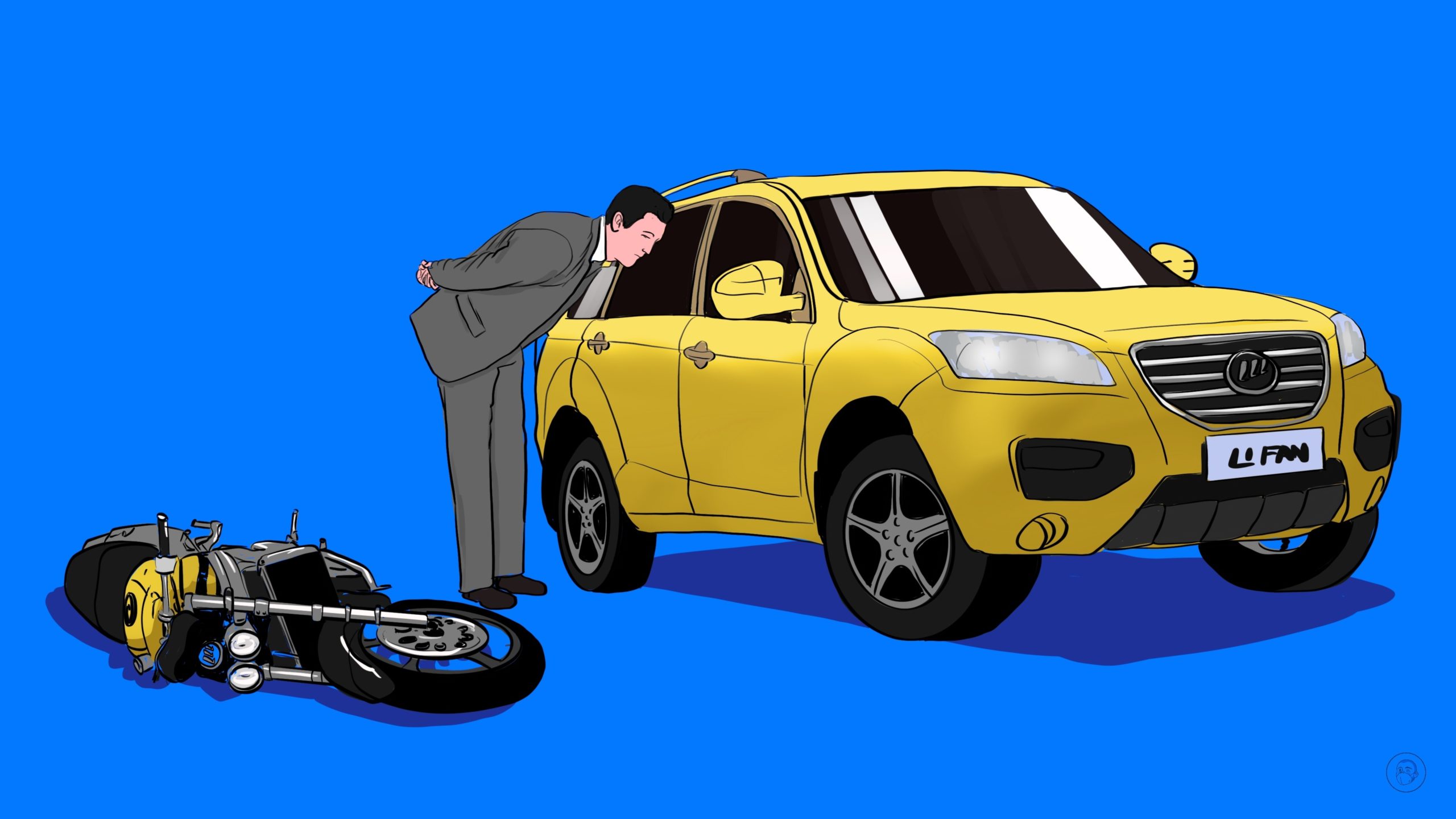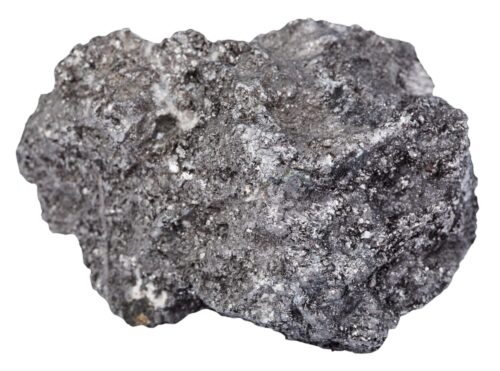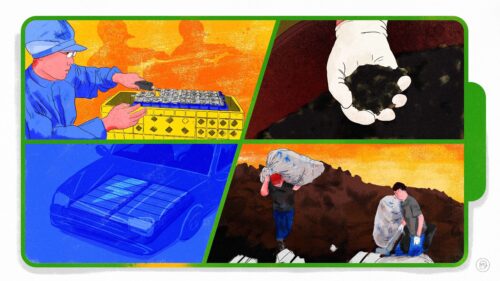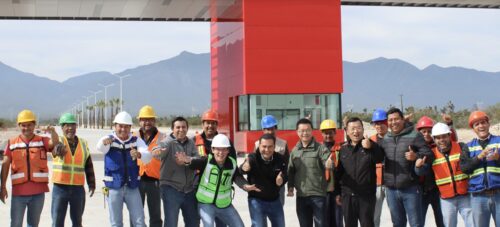Lifan’s remarkable journey from ‘motorcycle king’ to electric vehicles via bankruptcy
Lifan’s lack of innovation led it to bankruptcy and reorganization, but then Geely and its ambitious founder transformed it into a competitive electric vehicle brand.

Last week, we reported that Lifan Technology 力帆科技, an automobile and motorcycle manufacturer backed by Geely 吉利, had announced that the company sold 9,421 electric vehicles in the first five months of the year, after selling only 107 electric vehicles in the same period last year, when it was emerging from a reorganization process.
Under the guidance of Geely, Lifan has undergone a remarkable transformation:
- In May, it sold a total of 4,030 cars, including 2,419 new energy vehicles.
- Cumulative sales in the first five months were 12,577, an increase of 11,030% year-on-year, of which 9,421 were new energy vehicles, an increase of 8,705% year-on-year.
These growth rates look spectacular because they are compared with a near non-existent base in 2021. Nonetheless, Lifan’s re-emergence is based on a remarkable story of highs and lows, and the vision of two titans of China’s auto industry.
The context
Lifan Technology’s predecessor, Lifan Co. Ltd 力帆股份, was established in 1992 in Chongqing by Yǐn Míngshàn 尹明善 as a motorcycle repair shop, and soon transitioned to motorcycle manufacturing. The son of a landlord, Yin spent 20 years in a labor camp during which he taught himself English, before entering the publishing industry in the early 1980s, and finally switching to motorcycles. From 1992 onwards, Yin’s business expanded rapidly:
- By the late 1990s, Lifan attained annual production of two million motorcycles that were sold in 160 countries around the world.
- In 2000, Lifan acquired the Chongqing football club, now renamed Chongqing Lifan, for 55.8 million yuan ($6.74 million).
- In 2003, the company acquired an automobile factory in Chongqing, and established Chongqing Lifan Automobile 重庆力帆汽车, with the first vehicles rolling off the production line in January 2006.
- In November 2010, Lifan became the first domestic private passenger car company to be listed on the A-Share market in Shanghai, under the name Lifan Industry Group 力帆实业(集团).
But at this point, things started to go wrong for Lifan and Yǐn Míngshàn:
- For one thing, Lifan’s business model was largely focused on producing cheaper imitations of foreign cars, and in 2014 the company started to have serious financial troubles.
- Yin attempted to shift to electric vehicles in 2015, but after this failed, he left the company in 2017 (though he and his family remained in control behind the scenes), with Lifan drowning in debt and on the verge of collapse.
- In 2020, the company’s net assets were only 106 million yuan ($15.40 million), while total liabilities were as much as 17.86 billion yuan ($2.59 billion).
- From January to July 2020, Lifan sold a mere 382 vehicles. In August 2020, it applied for bankruptcy protection, and a court in Chongqing ruled that it had to be reorganized.
Lifan’s salvation appeared in the form of Lǐ Shūfú 李书福, founder and chairperson of private auto manufacturer Geely 吉利. Under Li’s guidance, Geely had acquired Volvo from Ford in August 2010, and then vastly diversified its business portfolio, moving beyond fossil fuel cars to software, microchips, media, travel, aviation, and electric vehicles and batteries. Li saw an opportunity in Lifan’s large manufacturing base in Chongqing:
- From November 2020, Geely participated as an investor in Lifan’s reorganization.
- Geely transferred some of its technology to Lifan, and authorized Lifan to start producing 80V pure electric vehicles based on Geely’s Maple (fēngyè 枫叶) and Jiaji 嘉际 models, with an annual production capacity of 100,000 vehicles.
In January 2021, now under the new name Lifan Technology and with a modified logo, Lifan announced the completion of its reorganization process, and unveiled its first new battery-swap model, the Maple 80V B-class, which started to roll off the production line in May 2021.
In January 2022, Lifan and Geely launched a new joint venture focused on battery-swap electric vehicles: Livan Automotive 睿蓝汽车. Livan is launching several new models this year, and is investing heavily in research and development, and battery swap infrastructure development.
Lifan is also diversifying into the rapidly growing market of outdoor portable energy storage, expected to reach 28.2 billion yuan ($4.18 billion) in 2025. In 2022, the company will launch five types of outdoor power supply equipment with capacities ranging from 300W to 2,000W.
The takeaway
Lifan’s journey is a remarkable story of entrepreneurship that mirrored many aspects of China’s economic rise, but it is also a cautionary tale of the pitfalls of neglecting research and development, and innovation.






